OnePlus 3 Review: Chinese Company Matures To Produce Premium Smartphone To Take On Apple And Samsung
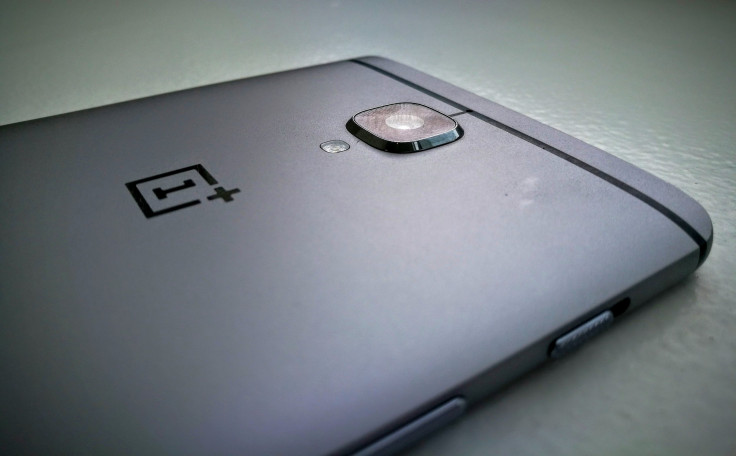
OnePlus burst onto the smartphone scene out of nowhere three years ago, bent on going up against hardware giants like Apple and Samsung. In 2014 and 2015, respectively, it launched the OnePlus One and OnePlus 2, devices it called “flagship killers” offering premium specs at a fraction of the cost of the iPhone or Samsung’s Galaxy S range.
From the start, the Chinese company pitched itself as a plucky underdog and cultivated mystique through an invite-only system to buy its phones, a velvet rope that tantalized techies in the U.S. But despite the hype, OnePlus is still barely a blip on the radar screen of the big smartphone manufacturers.
And the plucky upstart thing is a bit of smart marketing: OnePlus is actually a wholly owned subsidiary of Oppo, another Chinese smartphone maker that just made the list of top five smartphone makers in the world. Oppo, in turn, is owned by the Chinese conglomerate BKK Electronics, a company that makes a wide range of products, including televisions and MP3 players, some of which it sells in the U.S. under the Memorex brand. Got it?
OnePlus has just launched its third smartphone, and rather than beating its chest about the killer features, the company wants the $400 device to speak for itself.
And the OnePlus 3 — which goes on sale in the U.S. Tuesday — has a lot to say.
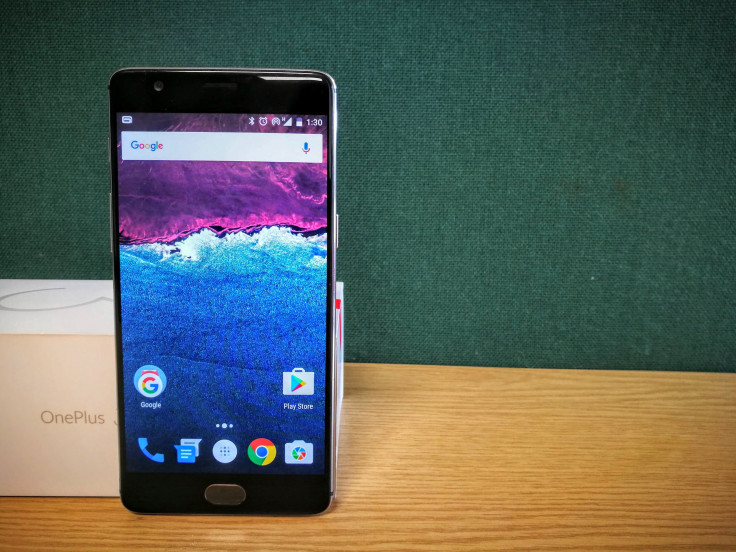
Carl Pei, who is a co-founder of OnePlus and currently heads up its global operations, is the antithesis of what his company's brash public image has been. The soft-spoken Pei talks with the consideration and assurance of someone who knows exactly what he's doing. Admired by such luminaries as former Apple CEO John Sculley, Pei has a clear vision for how he wants his company to grow in the coming years.
“I think the strategy for us is focus and then breakthrough,” Pei told International Business Times ahead of the OnePlus 3 launch. “Right now we are still in the focus phase. It is like starting a fire. You want a fire to get really, really hot in very small areas before you let the flames expand to the entire forest.”
Pei revealed that the company was able to break even in its first two years of operation, and said he believes it's on course to turn a profit for the first time in 2016. As a sign of the company’s maturity, it has scrapped the “flagship killer” moniker for the OnePlus 3 and has done away with the invite system, with Pei saying the company is confident of meeting the demand for the new device.
The smartphone industry globally is slowing, with most manufacturers — including Apple — feeling the effects, and a lot of smaller companies who rely on ever-decreasing margins simply cannot make money, which has knock-on effects. “A lot of brands today make no money,” Pei said. “And if you don’t make money on your products, it basically means your brand is worth nothing. It’s a trap we don’t want to break into.”
Pei says the company is still focusing on attracting early adopters, tech enthusiasts and trendsetters to use its new phone: “If we can get those people to really love our products and brand, then we can grow faster in other segments, but doing it right now would be kind of premature.”
It remains to be seen if the OnePlus 3 will help spread the excitement about this young smartphone company, but given its attractive price and some innovative features, Apple, Samsung, Huawei and others will certainly have to start paying attention.
OnePlus 3 Review
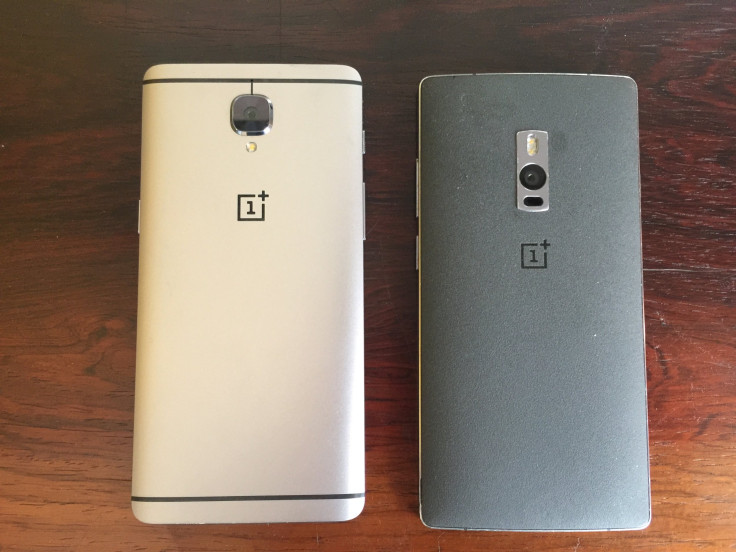
Over the past two years I've reviewed both of OnePlus’ “flagship killer” smartphones, and while I liked both and was impressed by all the hardware crammed into them for the price, I still always felt like these devices were just midrange smartphones trying to sell themselves as flagships.
That's not the case with the OnePlus 3.
You can tell OnePlus is focused on the product simply by looking at the packaging. It is sleek and elegant -- like its maker took a page out of Apple’s book.
The phone is the first from the company to use a metal unibody, and while this means it matches pretty much all other premium smartphones on the market, the result is still exceptional. Slim and lightweight, the phone has a relatively small footprint given its 5.5-inch screen, but it is still slightly too big for my liking.
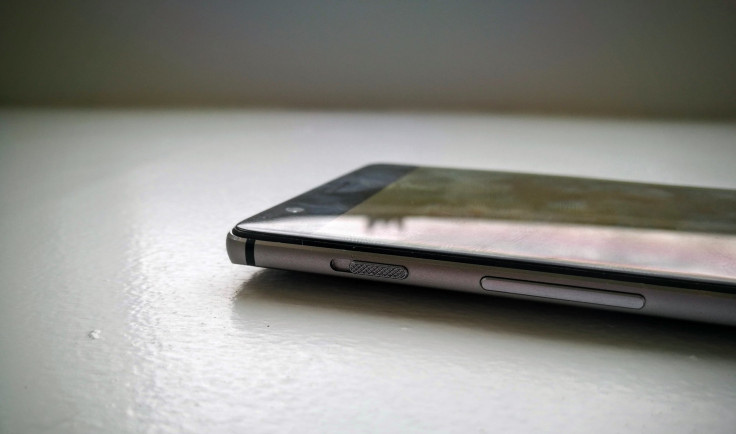
The display is nothing special, with a relatively mundane Full HD resolution, though OnePlus has added a “dual-polarizing layer” that it says makes it better to see in direct sunlight — though I can’t say I saw a big difference. However, the Amoled panel is bright and vivid, and with the benefits of 2K or 4K screens on smartphones of this size being questionable, I have no problem with the OnePlus 3’s display.
Sitting below the display, integrated into the home screen, is the fingerprint sensor, which may not be quite as good as the class-leading sensor on the Huawei P9, but it is still pretty accurate and better than most implementations to date.
OnePlus was always able to get powerful components into its phones, and this is no different. The top-of-the-line Snapdragon 820 (currently powering the Samsung Galaxy S7, HTC 10 and LG G5) is paired with a ridiculous 6GB of RAM, which OnePlus says lets you “perform tasks faster than you ever have before.” I couldn’t see any significant increase in speed over a phone with 3GB or 4GB of RAM, but the interface did run very smoothly, and the phone never felt hot, even when pushed.
The one major design question mark relates to the camera, with the lens protruding significantly from the rear — something the most recent iPhone also suffers from. Whether that is a deal breaker is a personal choice, but for me, I barely noticed it after first picking up the phone.

As for the camera itself, the 16-megapixel Sony-made sensor is a major update over last year, and a plethora of software features (Dynamic De-noise, HD Mode, Auto HDR Mode) make it very easy to capture stunning images. OnePlus has included optical and electronic image stabilization on the OnePlus 3, which makes capturing images while on the move easier, and the only major downside to the camera is its low-light performance, which just can’t match that of the Huawei P9, Galaxy S7 or iPhone 6s.
The new phone is shipped with the company’s own software skin, called Oxygen OS, and while I don’t particularly see the need for such additions to Android, this implementation is better than almost any I’ve used. The key to its success is how lightweight it is, with much of the interface still looking like stock Android. There are a few flourishes here and there that add to the overall usefulness of the phone, like the ability to swipe up from the bottom to access search quickly and the ability to draw shapes on the locked screen to launch apps like the camera and flashlight.
Another feature Oxygen OS looks to aid is the battery life, by implementing a more aggressive version of Android Doze, the feature that helps kill background apps to save battery life.
And battery life is one of the OnePlus 3’s key selling points.

OnePlus has used research from parent company Oppo to implement a fast-charging solution called Dash Charge. By moving the regulator from the USB port and into the charger, OnePlus has been able to pump up the amount of charge going into the phone without the risk of overheating. It means you can fast-charge your phone while still streaming video or playing games — something you can’t do with other solutions.
The results are brilliant. Going from 5 percent charge to 71 percent charge in just 20 minutes is a truly game-changing innovation. OnePlus is selling this feature as “a full day’s power in half an hour,” and for once the company’s tagline is not oversell.
Dash Charge works as it promises and without ever heating the phone up noticeably. It means I never had to charge the OnePlus 3 overnight; instead I was able to let the battery drain and, when given the low-level prompt, knew I could get back up to near-full power in a short space of time.
Of course for it to work, you need the proprietary charger and cable, which both come in the box. But I would suggest paying the $30 for the car charger, which also allows fast charging and works almost as fast as a wall outlet.
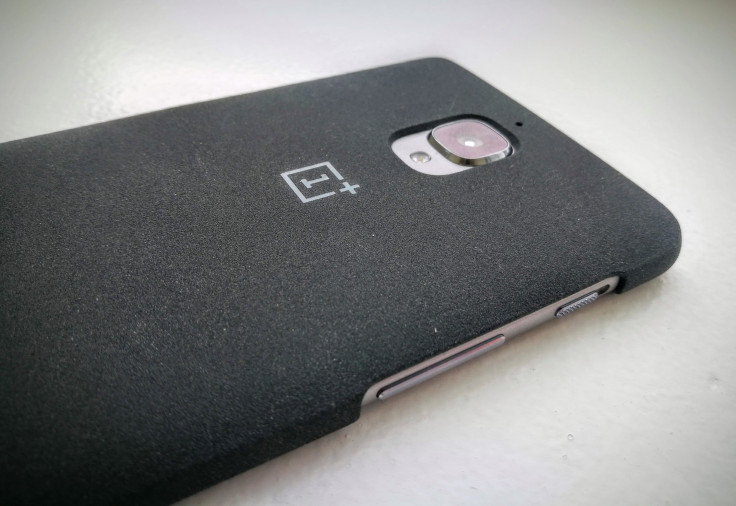
The OnePlus 3 is not going to sell in the numbers of an iPhone 7, Galaxy S7 or Huawei P9, but it is a major statement of how the company is maturing in a way that is sustainable and — more importantly — profitable. OnePlus isn’t building tablets, VR headsets or set-top boxes. It makes smartphones, and with the launch of the OnePlus 3, there will be a lot of manufacturers looking over their shoulders.
© Copyright IBTimes 2025. All rights reserved.





















